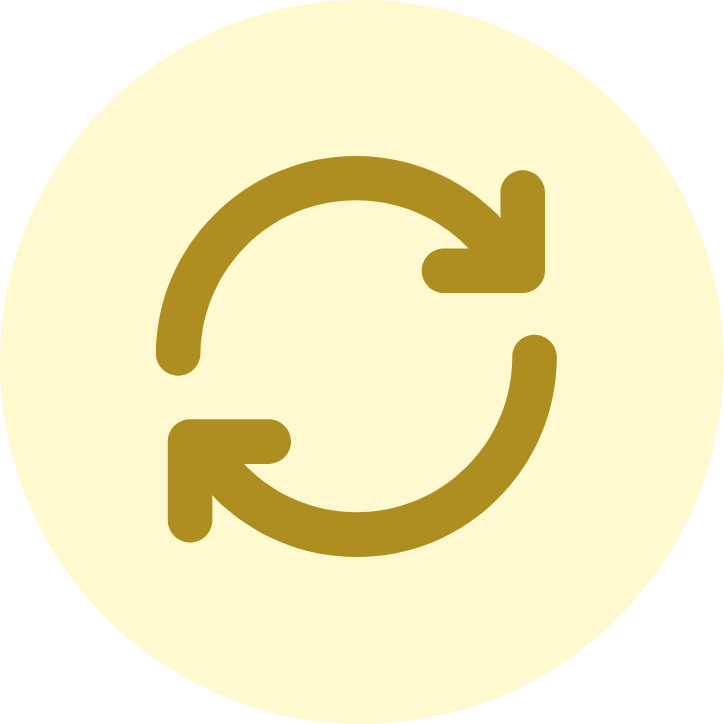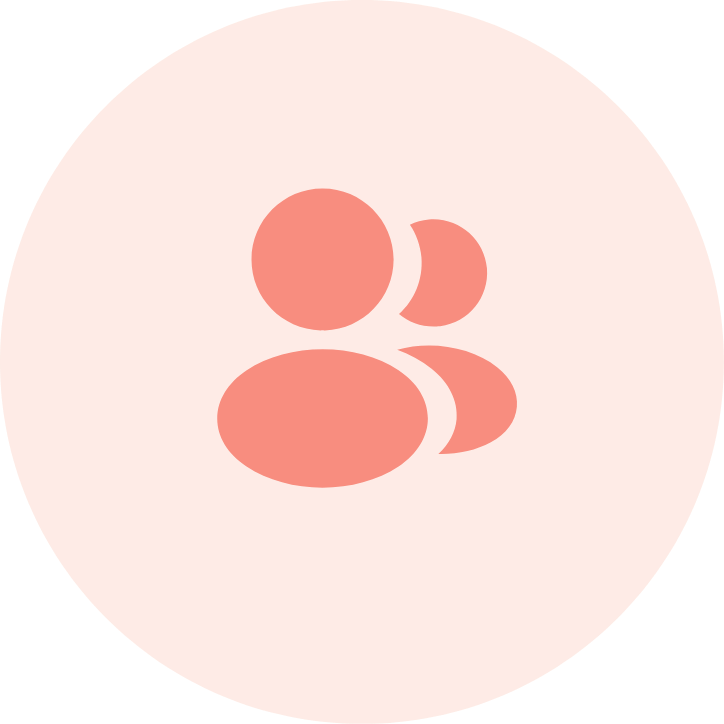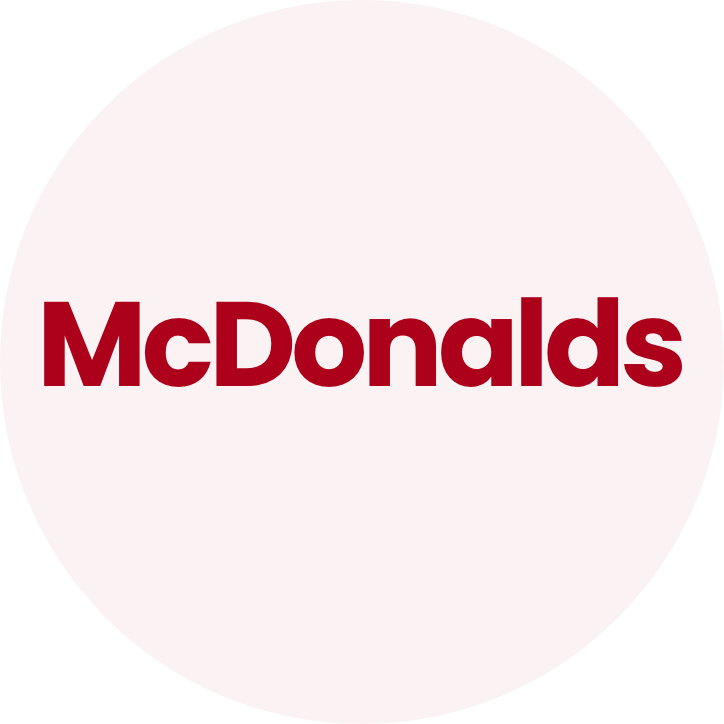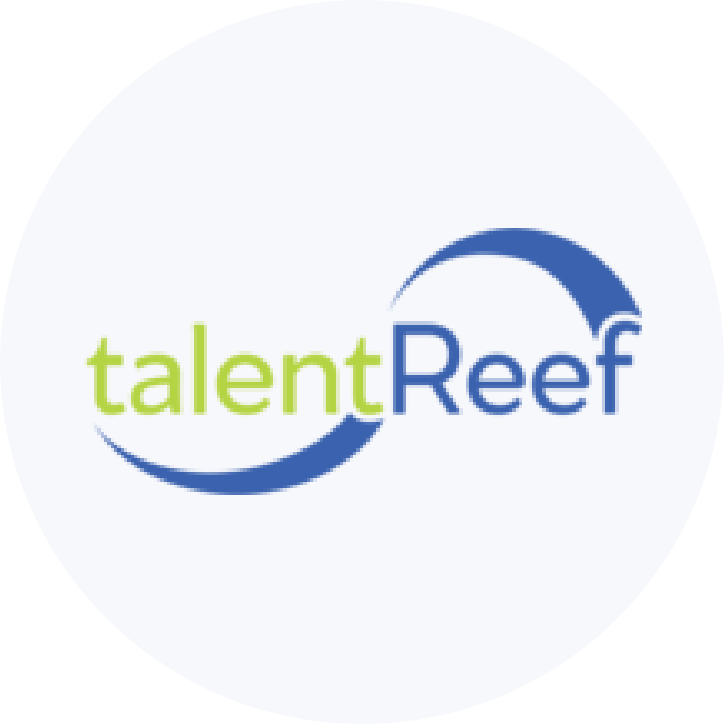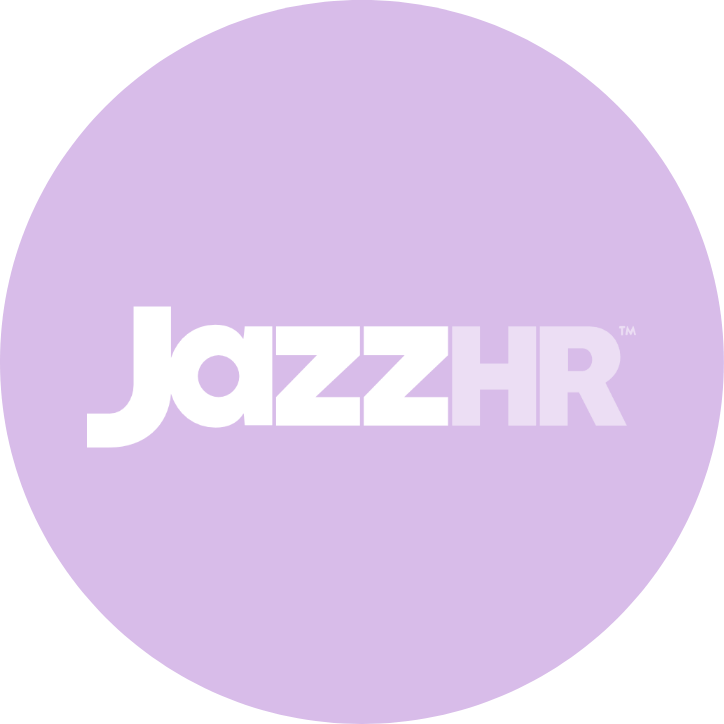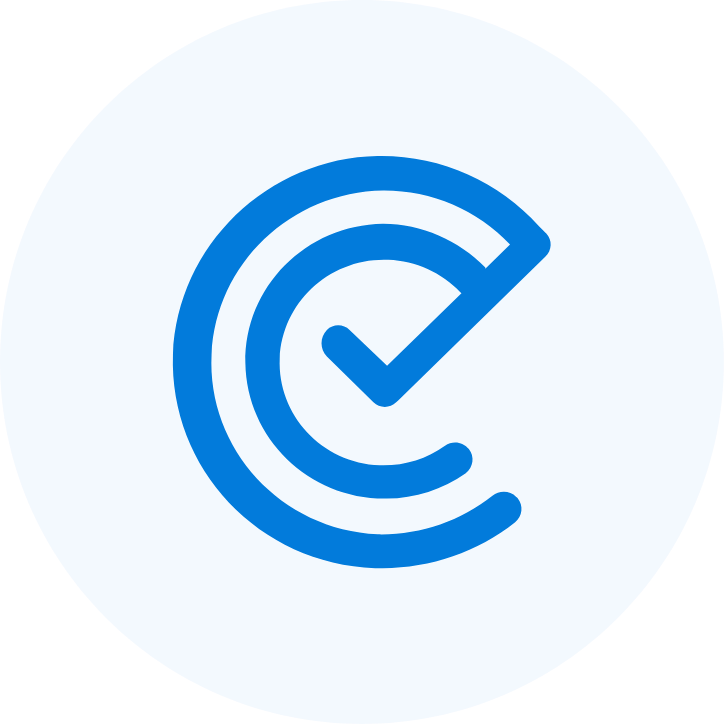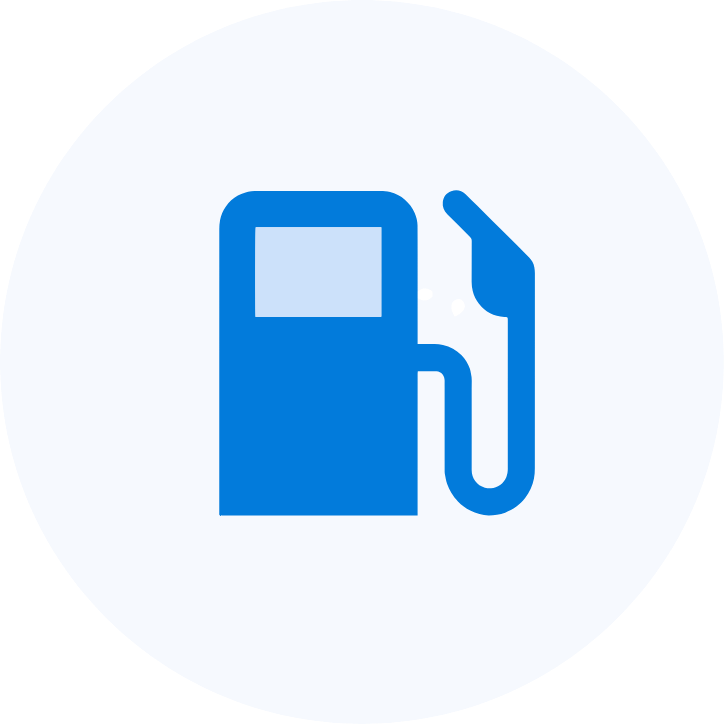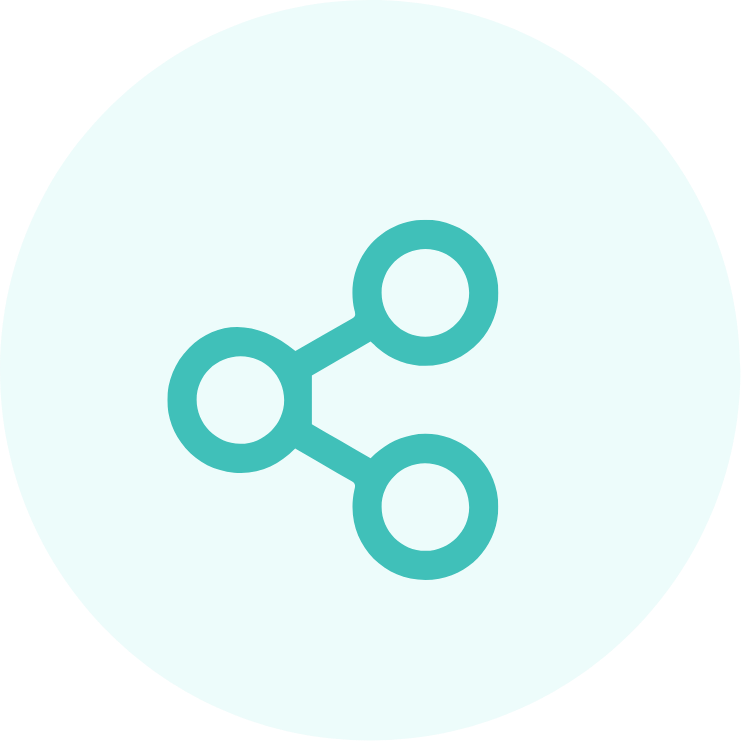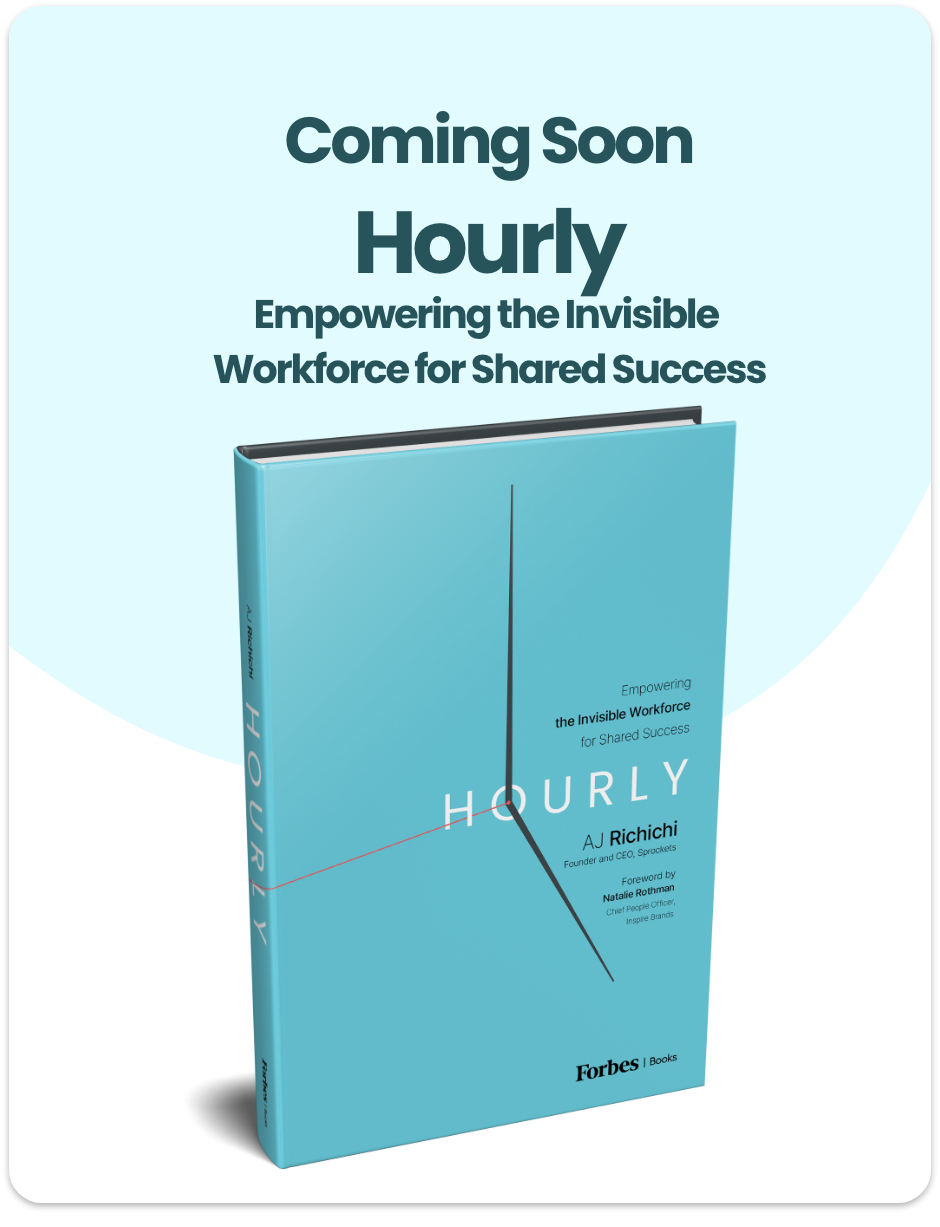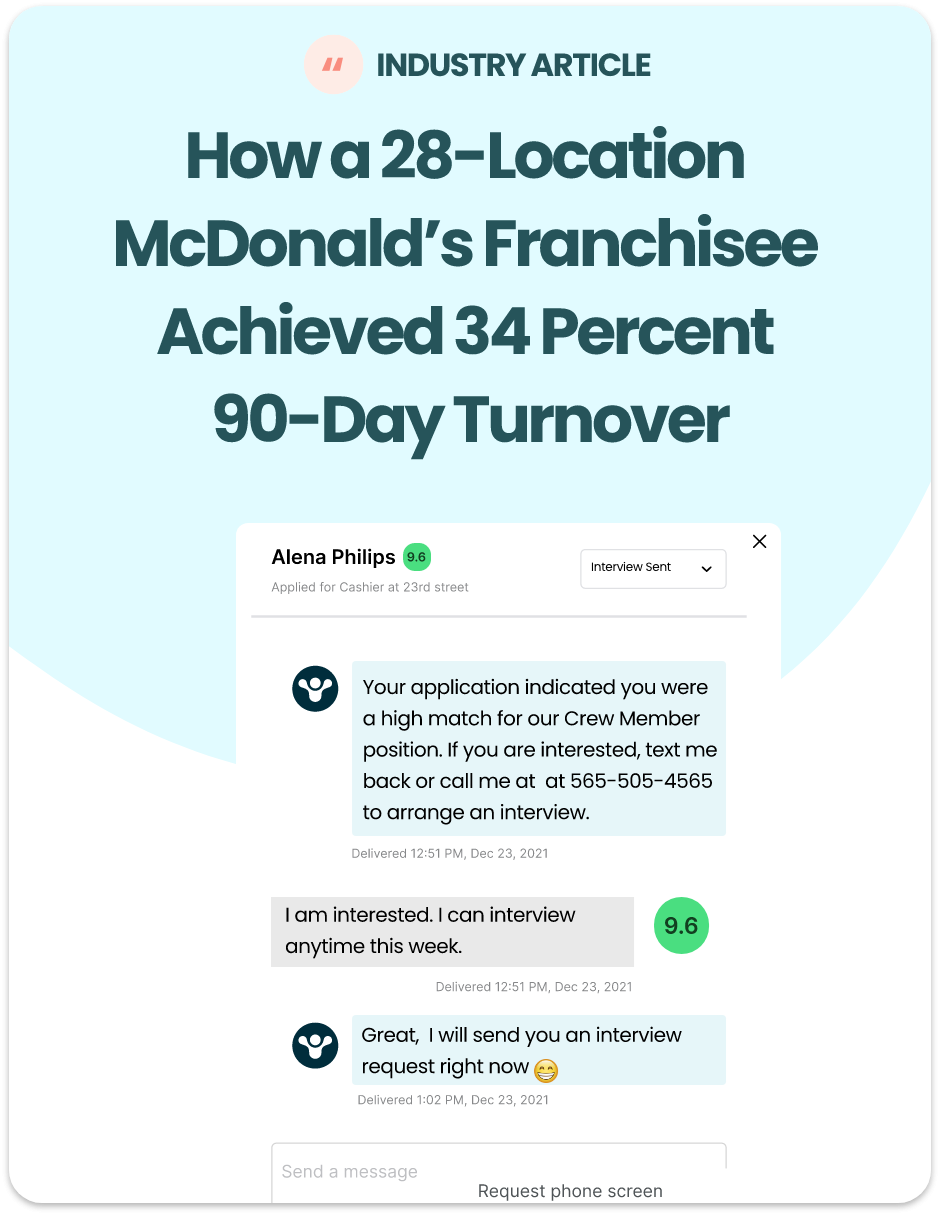The standard unemployment rate in the United States is the lowest it has been in over 20 years. Keeping up with the unemployment rate is important because it is an indication of economic growth and joblessness. The unemployment rate can influence an organization’s hiring strategy; from how many people to hire to what to pay them to retention efforts. Understanding and keeping up with the unemployment rate is important. Let’s dive into why that is.
Whether the unemployment rate is high or low, it’s always important to hire the best people for your business. A bad hire can have negative effects on an organization even long after they’re fired. To easily know whether an applicant is a good match for your organization, check out Sprockets’ Applicant Matching System. Click here to learn more.
How is the Standard Unemployment Rate Calculated?
The unemployment rate is the number of civilian labor force divided by the number of people unemployed. What goes into the standard unemployment rate only includes those who have looked for a job within the last four weeks and are over the age of 16. That means that those who have given up looking for work are not counted in the standard unemployment rate.
What Impacts the Standard Unemployment Rate?
Economic growth, or the lack thereof, is the primary factor that impacts the unemployment rate. Other factors include education trends, labor unions, unemployment benefits, innovation, and population growth.
To break it down, when the economy is doing great, there is a lower unemployment rate. It’s important to note that the unemployment rate is not an indicator of the economy, it is an effect of it. For example, when the recession hit in 2008, the unemployment rate didn’t start to skyrocket until the following year when businesses were feeling the effects of a poor economy and layoff plans in place.
Additionally, there can be higher unemployment in certain industries where necessary skills, training, and education are required. A recent example of this is the healthcare industry. As people are living longer, more healthcare professionals are required to work with the aging population. According to an article by CNBC, overall employment of in-home aides is projected to grow 41 percent from 2016 to 2026 — translating to 7.8 million job openings. With this growth comes a lower unemployment rate for that specific industry.

How does the Unemployment Rate Affects Organizations?
The unemployment rate affects organizations in multiple ways. When the unemployment rate is low, it can be more difficult to attract quality applicants for jobs. However, low unemployment is an effect of a strong economy, meaning the organization likely has more demand. Low unemployment may also mean organizations need to offer more competitive wages, benefits, and career paths to attract applicants to their open positions.
When the unemployment rate is low, it’s important for organizations to take a hard look at their hiring practices. Are applicants being recruited through the most effective channels? Could recruitment expand to other talent pools? For example, McDonald’s partnered with AARP to tap into an overlooked applicant source. Is the pay structure competitive in the industry? What can be done to retain the best employees once they’re hired?
Hiring the best applicants for your organization is most important when unemployment is low. Whether you have 5 applicants or 50, you need to hire the right person the first time around because you may not get as many applicants the second time around. To solve this, Sprockets’ Applicant Matching System is designed to enable organizations to identify what their best employees have in common and compare each applicant against that benchmark. With this extra data, organizations can make the right hire the first time. This results in a more engaged workforce and reduced employee turnover.


